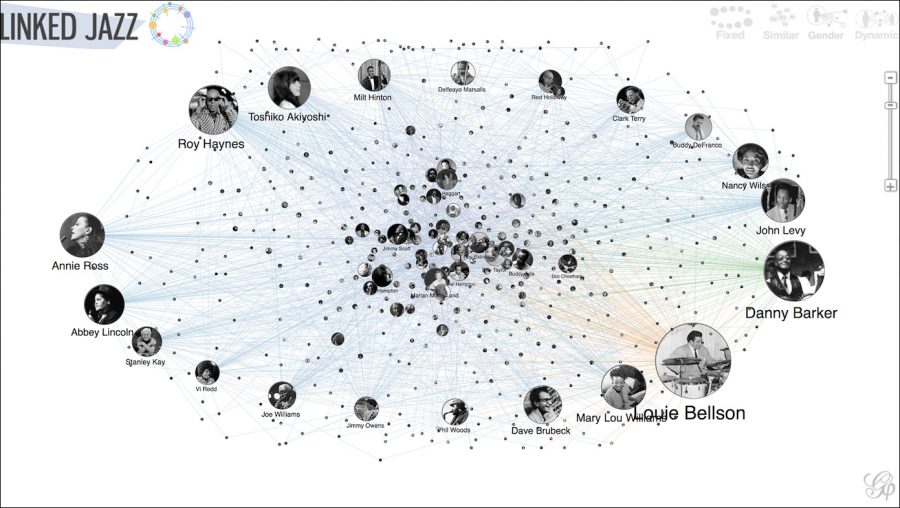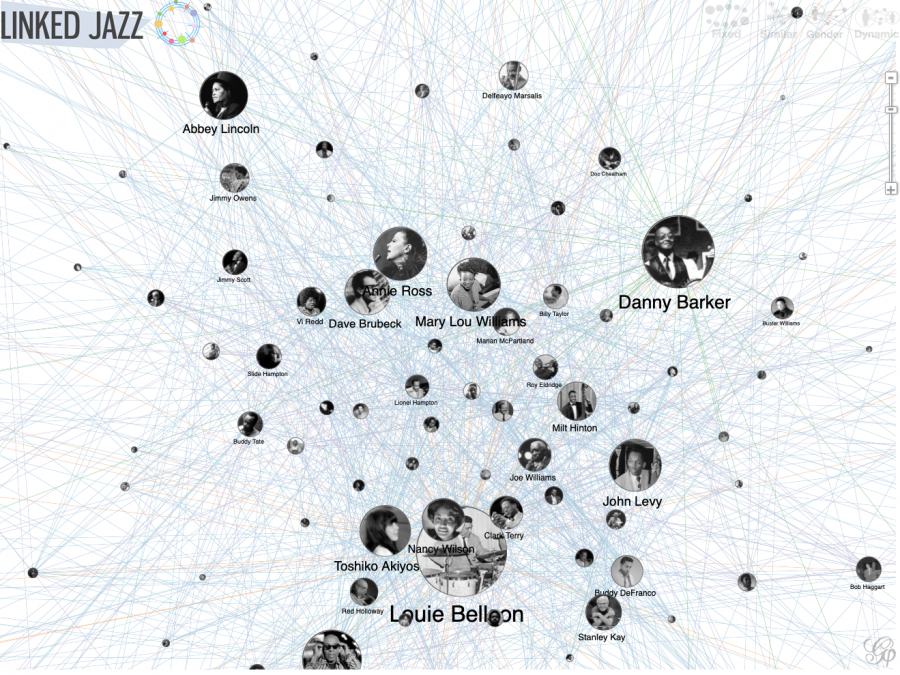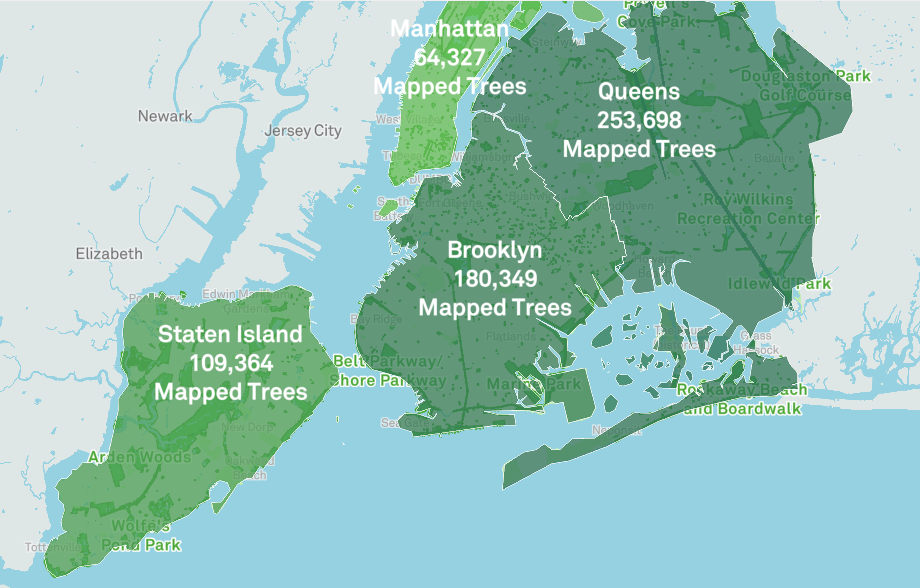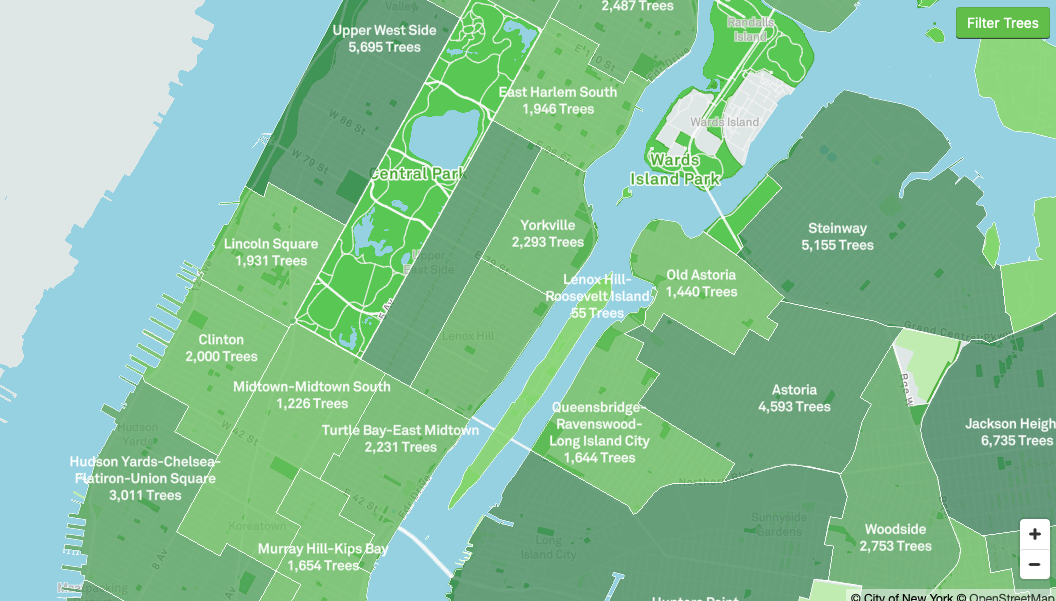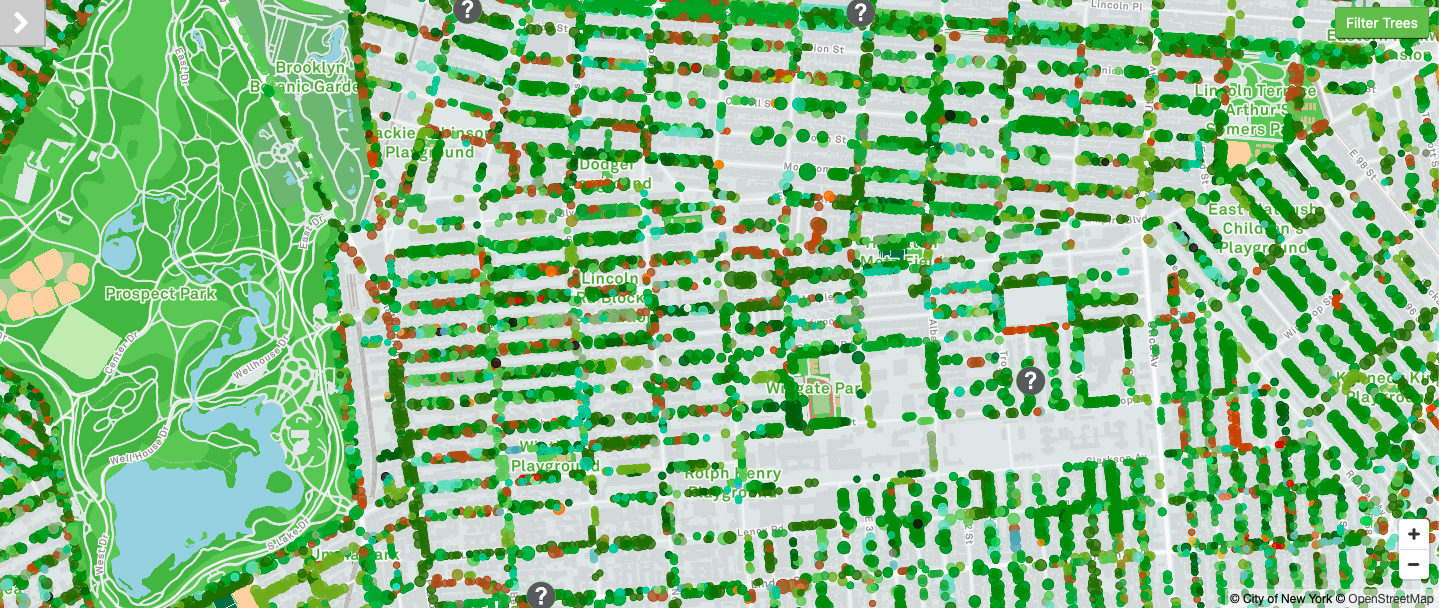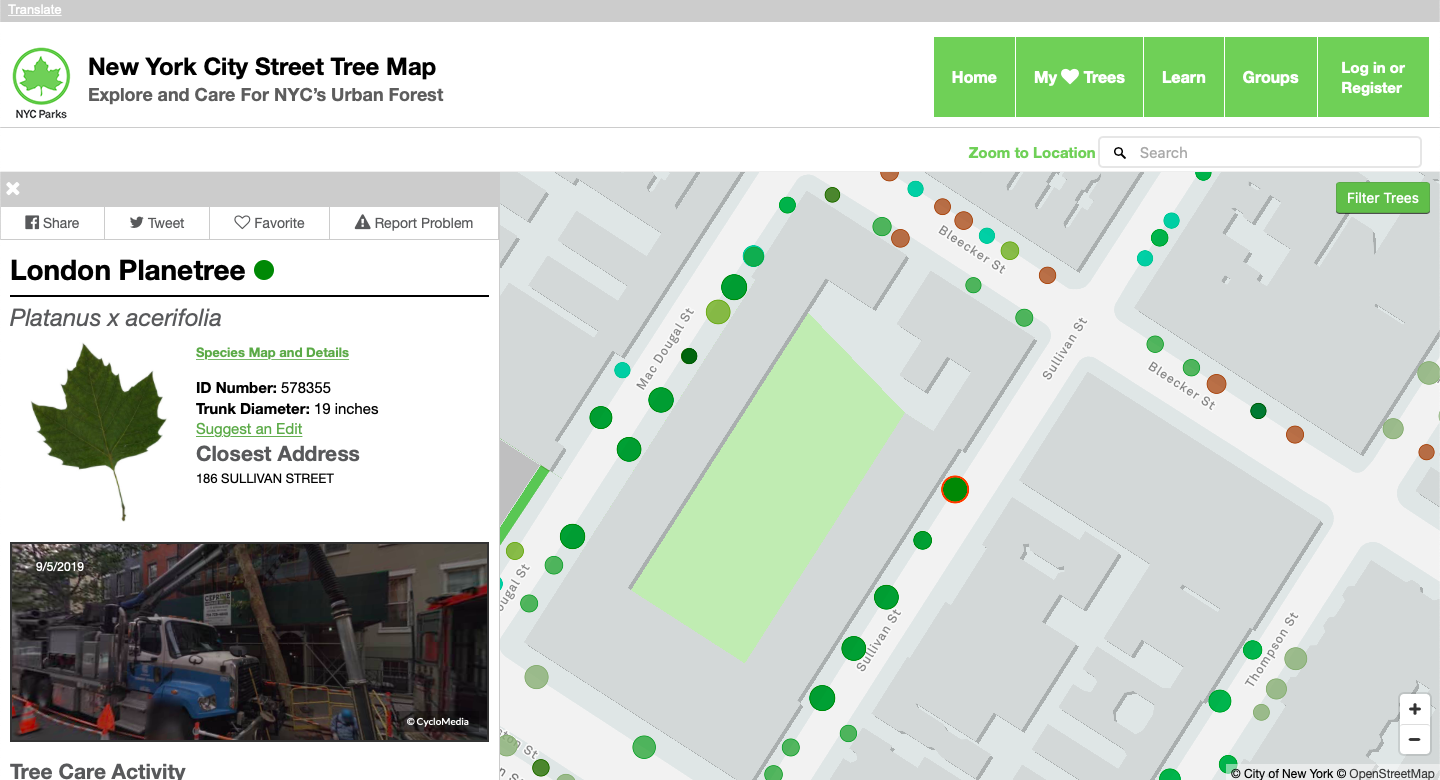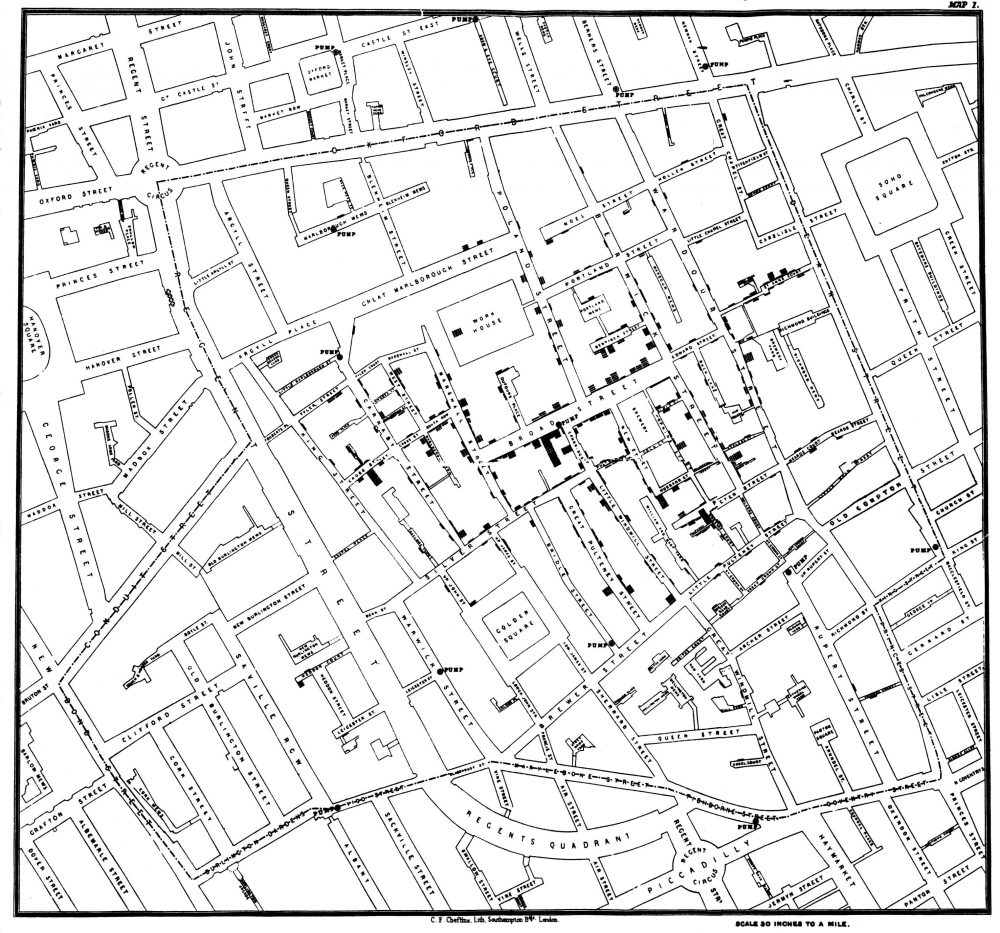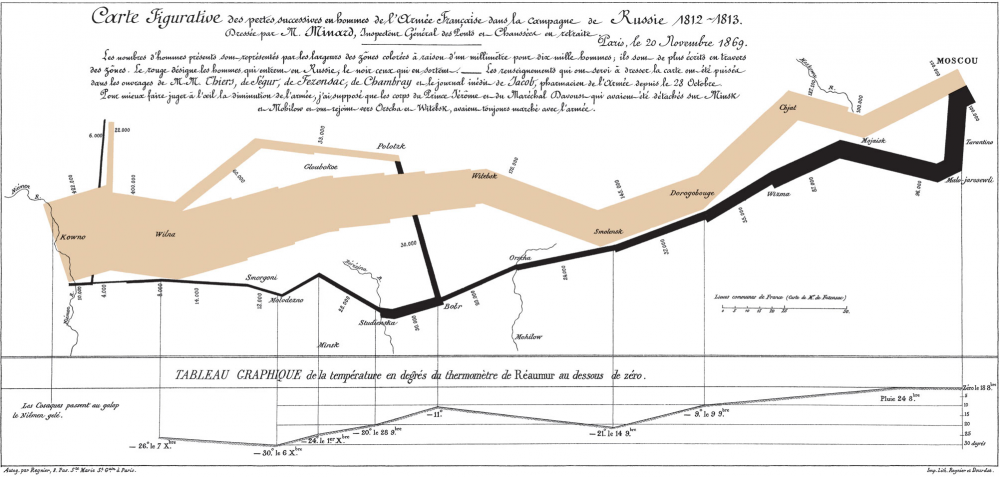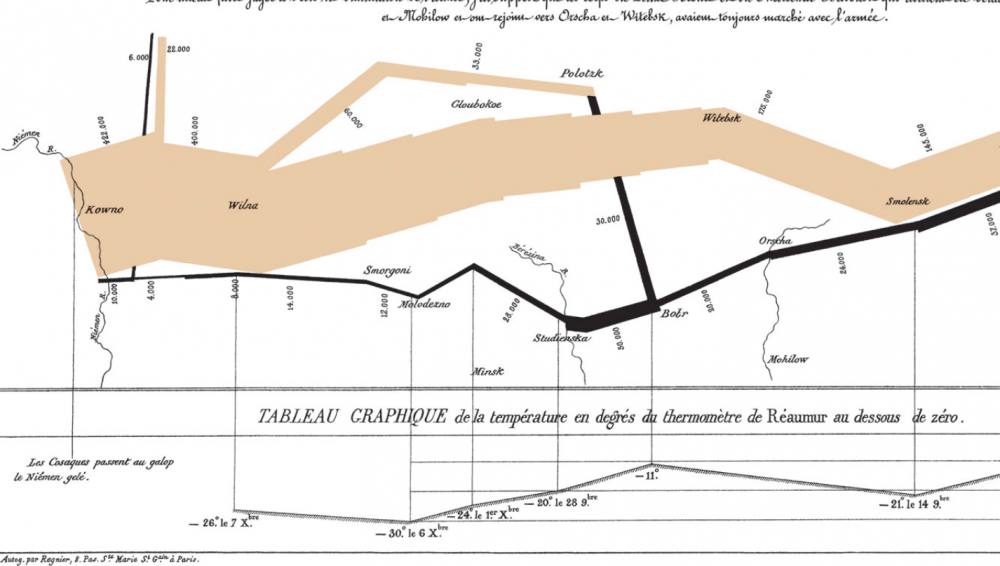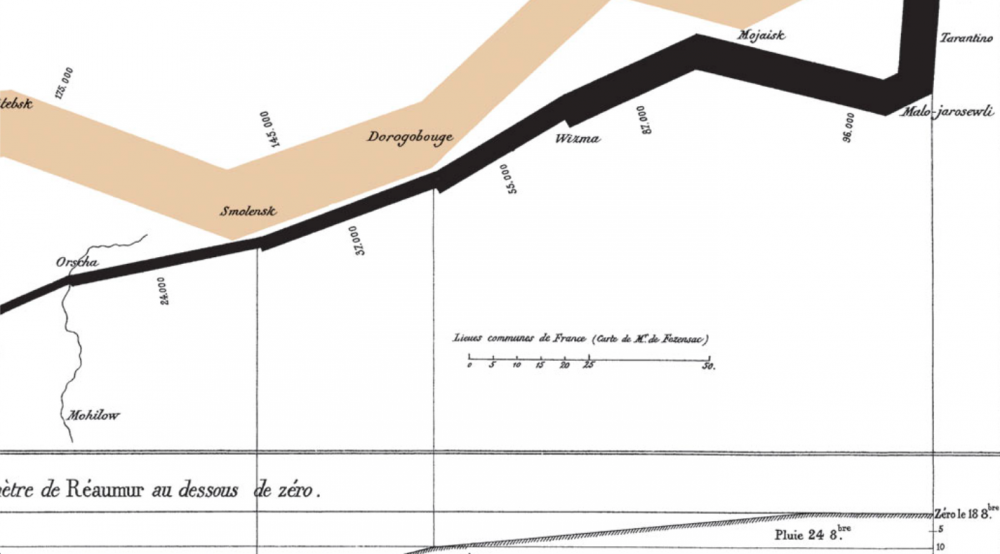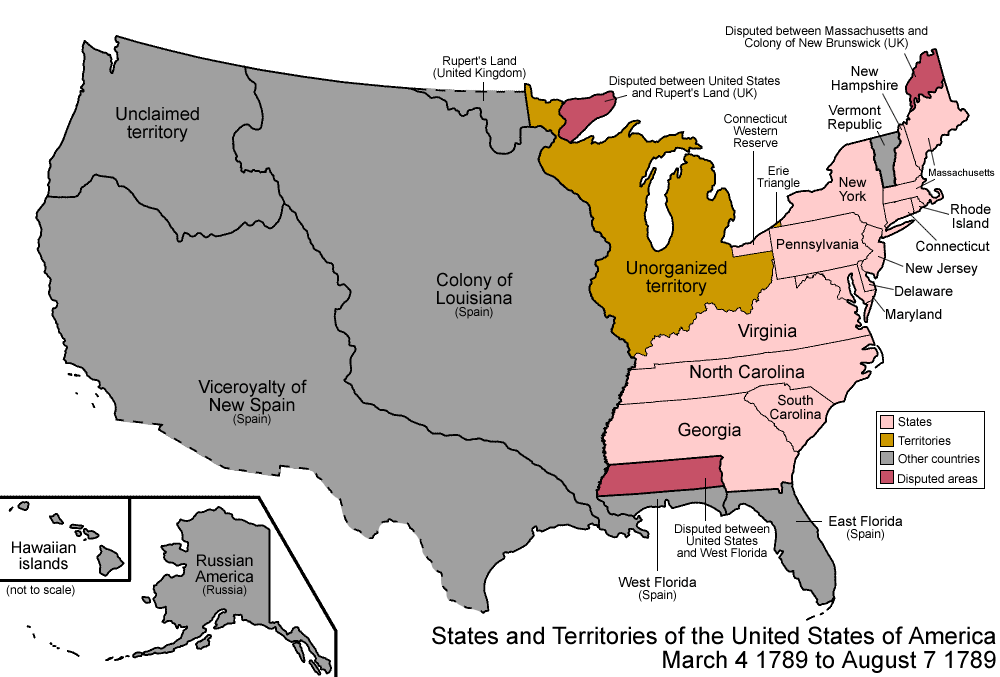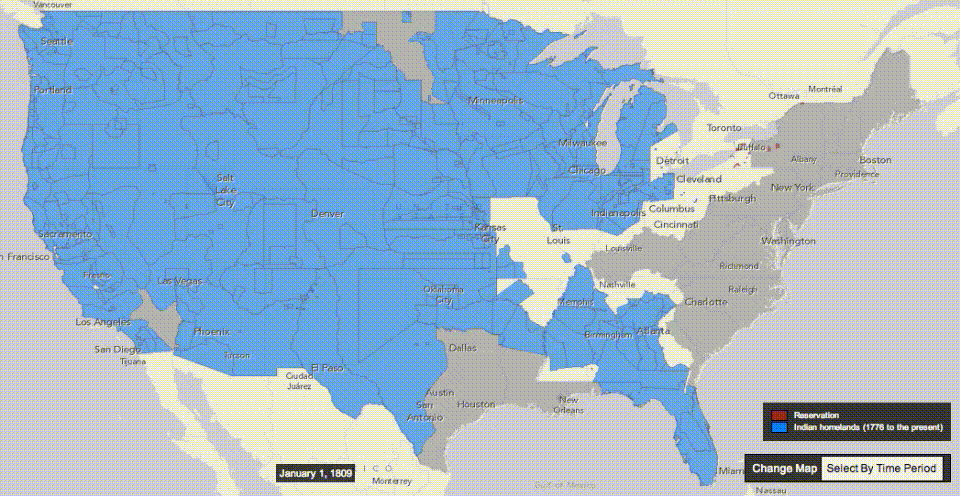Disease modeling as a science has come into its own lately, for heartbreakingly obvious reasons. What may not be so obvious to those of us who aren’t scientists is just how critical data can be in changing the course of events in an outbreak. Virus outbreaks may be “acts of God” or acts of unregulated black markets and agribusinesses, but in either case, statistical models can show, concretely, how collective human activity can save lives—and show what happens when people don’t act together.
For example, epidemiologists and biostatisticians have shown in detail how social distancing led to a “decline in the proportion of influenza deaths,” one study concludes, during the 1918 flu pandemic. The same researchers also saw evidence in their models that showed “public risk perception could be lowered” when these practices worked effectively, leading people think they could resume business as usual. But “less social distancing could eventually induce another epidemic wave.”
To say that it’s a challenge to stay inside and wait out COVID-19 indefinitely may be a gross understatement, but hunkering down may save our lives. No one can say what will happen, but as for how and why it happens, well, “that is math, not prophecy,” writes Harry Stevens at The Washington Post. “The virus can be slowed,” if people continue “avoiding public spaces and generally limiting their movement.” Let’s take a look at how with the model above. We must note that the video above does not model COVID-19 specifically, but a offers a detailed look at how a hypothetical epidemic spreads.
Created by YouTuber 3Blue1Brown, the modeling in the top video draws from a variety of sources, including Stevens’ interactive models of a hypothetical disease he calls “simulitis.” Another simulator whose work contributed to the video, Kevin Simler, has also explained the spread of disease with interactive models that enable us to visualize difficult-to-grasp epidemiological concepts, since “exponential growth is really, really hard for our human brains to understand” in the abstract, says YouTube physics explainer Minute Physics in the short, animated video above.
Deaths multiply faster than the media can report, and whatever totals we come across are hopelessly outdated by the time we read them, an emotional and intellectual barrage. So how can we know if we’re “winning or losing” (to use the not-particularly-helpful war metaphor) the COVID-19 fight? Here too, the current data on its previous progress in other countries can help plot the course of the disease in the U.S. and elsewhere, and allow scientists and policy-makers to make reasonable inferences about how to stop exponential growth.
But none of these models show the kind of granularity that doctors, nurses, and public health professionals must deal with in a real pandemic. “Simulitis is not covid-19, and these simulations vastly oversimplify the complexity of real life,” Stevens admits. Super-complicating risk factors like age, race, disability, and access to insurance and resources aren’t represented here. And there may be no way to model whatever the government is doing.
But the data models show us what has worked and what hasn’t, both in the past and in the recent present, and they have become very accessible thanks to the internet (and open source journals on platforms like PLOS). For a longer, in-depth explanation of the current pandemic’s exponential spread, see the lecture by epidemiologist Nicholas Jewell above from the Mathematical Sciences Research Institute (MSRI).
It may not sway people who actively ignore math, but disease modeling can guide the merely uninformed to a much better understanding of what’s happening, and better decisions about how to respond under the circumstances.
Related Content:
Spring Break vs. COVID-19: Mapping the Real Impact of Ignoring Social Distancing
The History of the Plague: Every Major Epidemic in an Animated Map
Josh Jones is a writer and musician based in Durham, NC. Follow him at @jdmagness
